Ultimate Guide To Scottsdale’s Weather And Seasons Year-Round
Guide To Scottsdale Weather Year-Round: What To Expect Before Relocating
Picture this: you're thinking about moving to Scottsdale, but everyone keeps talking about the weather. Some say it's paradise, while others mention the heat as if it's a warning. We're here to give you the real story. No sugarcoating.
At Williams Luxury Homes, we work here. We interact with the people of Scottsdale every day. We know how much the weather shapes your routine, whether you're hiking Pinnacle Peak or living high-rise at Optima Kierland.
Before you finalize any relocation decisions, let's look at what Scottsdale weather is really like, month by month and season by season.
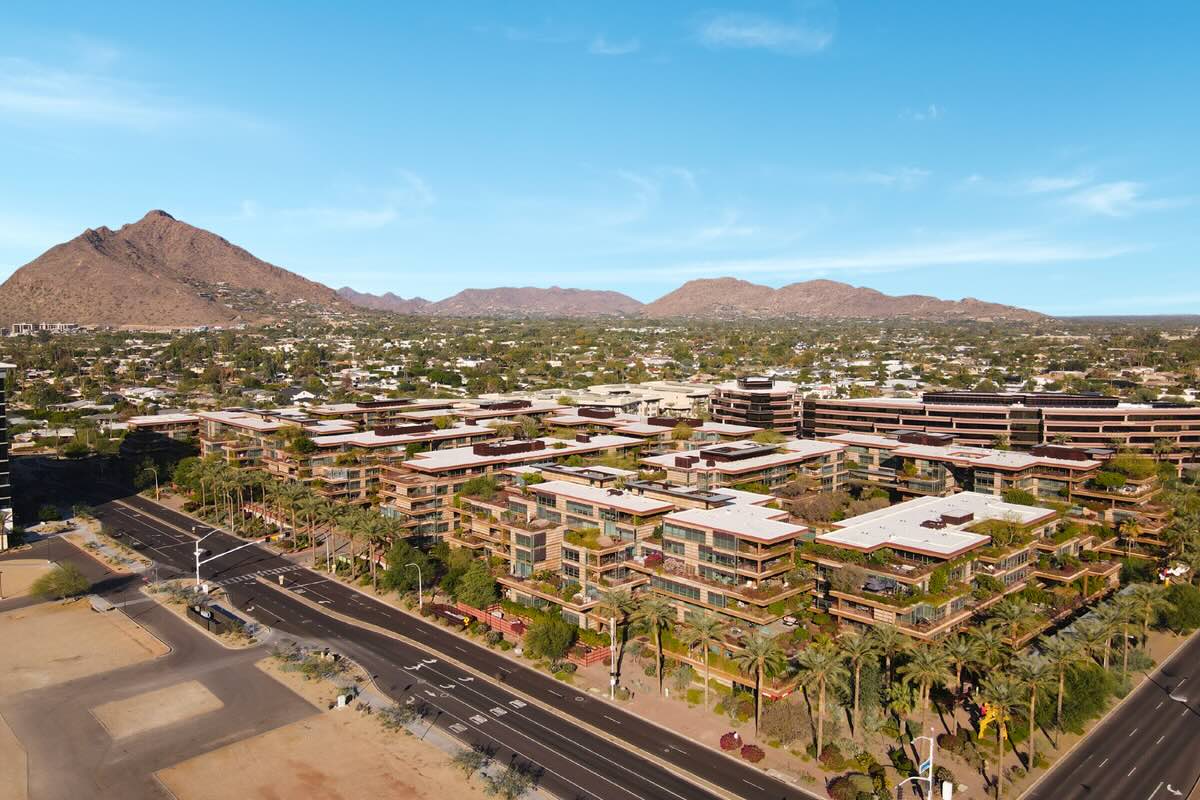
Big-Picture Weather In Scottsdale
Scottsdale’s in the Sonoran Desert, which means dry heat, big skies, and about 300 sunny days a year. Instead of four seasons, Scottsdale gets two: hot (May through September) and mild (October through April). Within that, things shift, with triple-digit temperatures in June and sweater mornings in January.
Sitting at about 1,250 feet, Scottsdale runs a few degrees cooler than the lowest parts of Greater Phoenix, just enough to notice when the summer heat peaks. The patterns don’t swing much year to year, which makes the weather easy to live with. But you have to know what you’re signing up for.
Seasonal Breakdown | What It's Like Month By Month
The National Weather Service has been tracking the weather year after year. And because we’re on the ground, we can confirm how it feels in real life, not just how it looks on spreadsheets. So, let’s take a look at what the weather looks like in Scottsdale month by month.
January & February: Peak Season Weather
The temperature in January typically ranges from the mid to upper 60s (around 65 to 69 degrees), with February reaching into the low 70s (70 to 73 degrees). Overnight lows drop into the 40s (44 to 47 degrees), which requires some layers.
This is the season when locals host patio dinners, tourists flock to the resorts, and events like Barrett-Jackson and the WM Phoenix Open bring national attention to town.
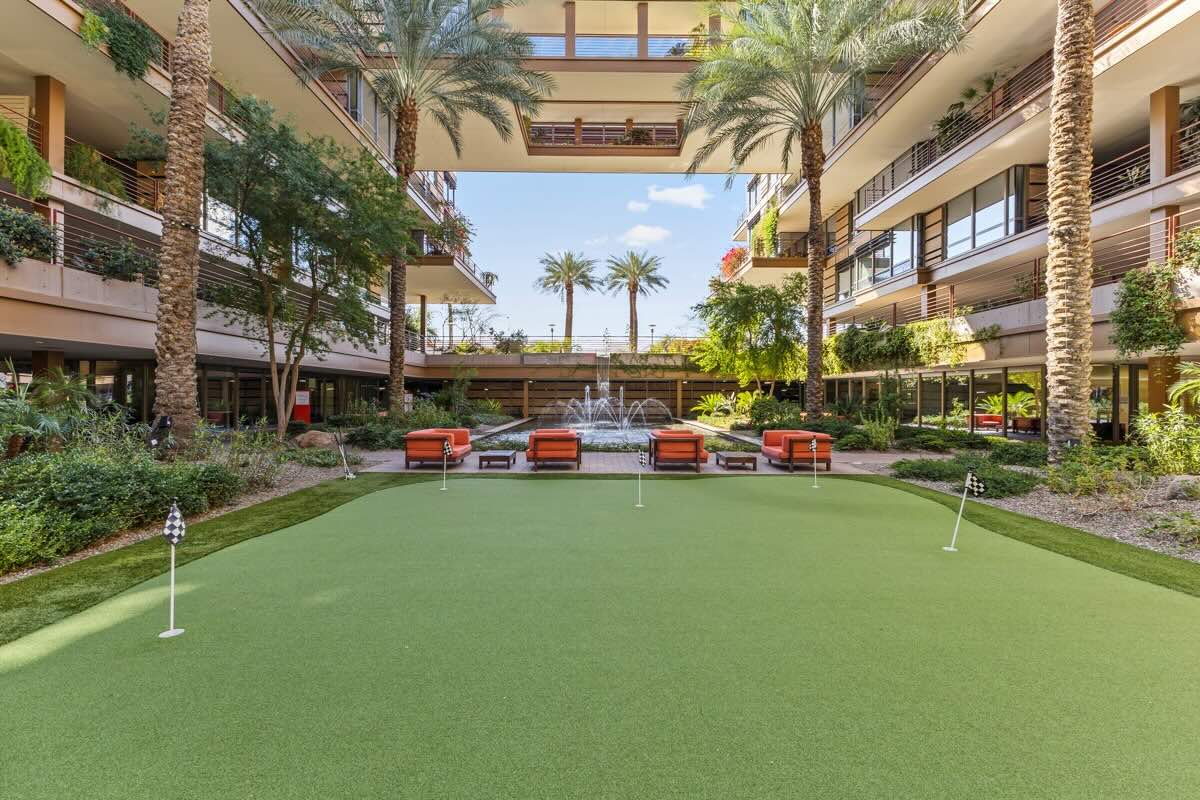
March & April: Warming Up
In March, average highs hover between 77 and 83 degrees, with lows in the low 50s. By April, highs climb to between 84 and 89 degrees, and overnight temps stay in the 60s.
This is the tail end of peak season. Major League Baseball's preseason spring training draws crowds, trailheads stay packed through mid-morning, and outdoor spaces, from patios to parks, are in full use.
May: The Gateway Month
May hits fast. Warmer days average 93 degrees, with overnight lows around 69 degrees. It’s the month when the heat starts feeling serious, but it’s not a full-blown summer yet. Mornings are still doable for trail time, but most locals shift outdoor plans to earlier hours. Shade and AC start mattering more.
June, July, August: Peak Heat Season
June brings average highs of 103 degrees and lows near 78 degrees. In July and August, expect temperatures to range from 105 to 108 degrees during the day and from the mid-80s to the mid-90s at night.
It’s intense (no sugarcoating it), even though it’s dry, it’s possible to work around it.
At this time, trails are packed early in the morning. In the afternoon, people enjoy their pools and shaded patios. They also prepare for monsoon season, which typically hits in mid-summer with fast-moving storms.
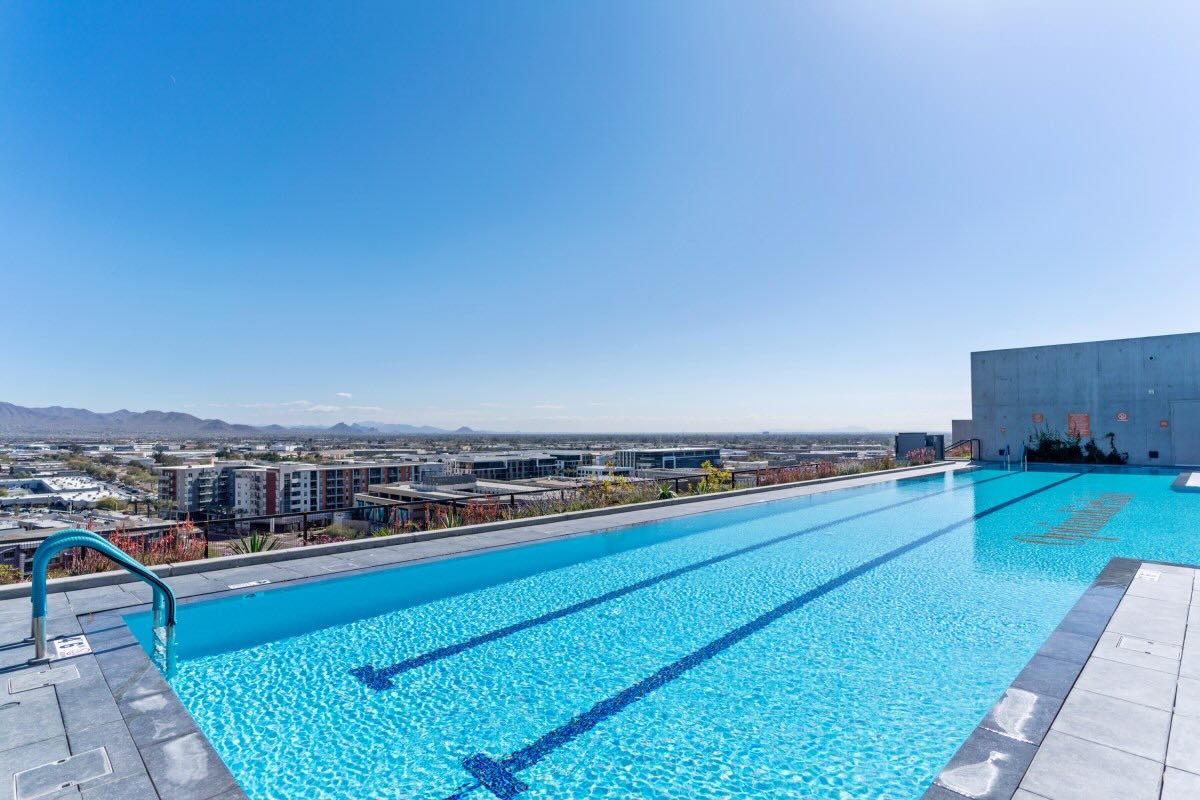
September: Still Hot, But Trending Down
In September, temperatures fluctuate around 99 degrees, with lows of around 74 degrees. It’s still technically summer, but the change to cooler weather is noticeable. Mornings aren’t as brutal anymore, and you’ll start seeing more people on trails before 8 a.m.
Monsoons also usually wind down mid-month, and by the end of September, there’s buzz about cooler days ahead.
October & November: Return to Paradise
Expect the average high temperatures to be around 88 degrees, with lows around 63 degrees. By November, the days cool down to around 75 degrees, with nights dropping to 51.
The shift is noticeable and a welcome reprieve. You’ll notice more people dining on their patios and trailheads filling up during the day.
December: Mild Winter
December stays mild. The highs are near 66 degrees, and the lows are around 40 degrees, nearly identical to January. Rain is rare, the skies are clear, and the city feels more relaxed after the fall event rush. If you’re looking to hike without the heat or book a table reservation without the wait, this is the month to do it.
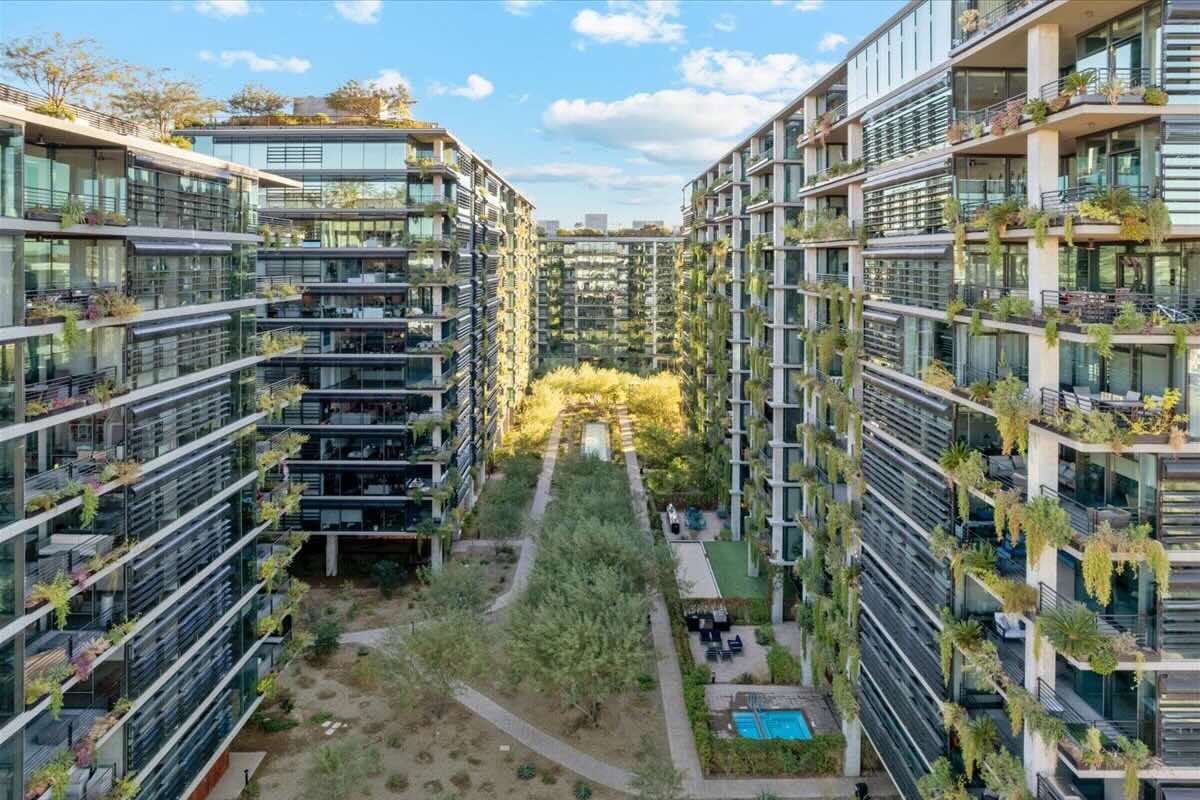
Monsoon Season | What It Means For Homeowners
Arizona's monsoon season officially runs from June 15 to September 30. During this period, you can expect short, loud storms with flash rain and strong winds. Sometimes, even a rolling wall of dust, or haboobs.
The monsoon season is fast and dramatic, but it’s not a dealbreaker for homebuyers. Most modern homes in Scottsdale are ready for this weather, with reinforced drainage and landscaping that steer water away from home foundations.
Before you settle on any home, make sure you ask how the lot handles water. Ask about gutter systems and backyard grading.
The Weather's Impact On Real Estate
In Scottsdale, the weather drives the market. The winter months (January through March) are peak season. That’s when seasonal buyers, snowbirds, and second-home shoppers fly in. More listings hit the market, and deals go fast.
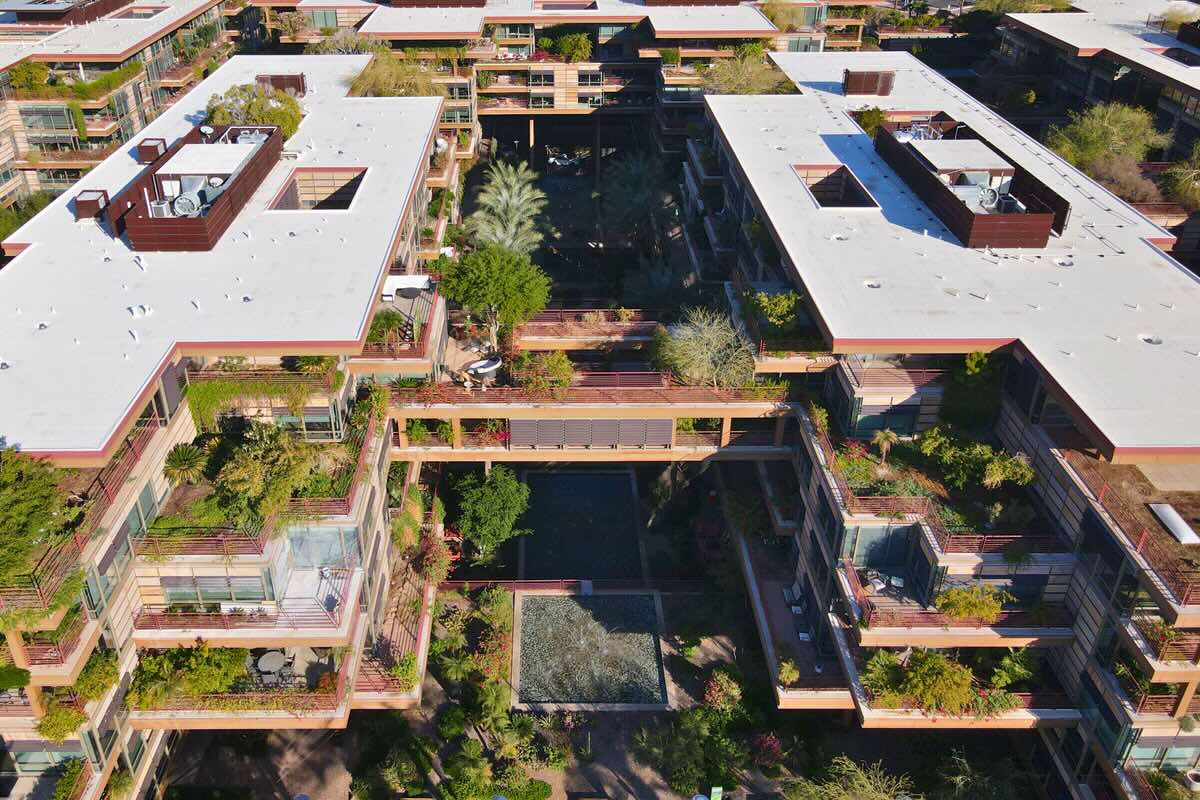
Summer is a different story. Because of the heat, showings slow down. Buyers use this time to negotiate and take advantage of fewer bidding wars. Sellers who list in July are often relocating quickly, wrapping up a build, or offloading a second home before fall. That creates room for negotiation.
Certain features also matter more in this market than in others. Homes with north-south orientation get better natural light and avoid direct sun exposure. Buyers often expect shaded patios and misting systems to make the heat more manageable.
The weather plays a big role in the buying process. Working with our boutique brokerage can help you time your move and evaluate the right property with the features that matter.
Final Thoughts
From triple-digit summers to patio-perfect winters, the Scottsdale climate influences how homes are designed and when serious buyers make moves.
Here’s what actually matters: Homes with smart orientation, mature trees, efficient cooling, and advanced HVAC systems. The winter season drives the market, but summer’s slower pace can mean better buys for those who know how to shop it.
And while monsoons bring dramatic skies and quick storms, thoughtful landscaping and drainage make them easy to manage.
At Williams Luxury Homes, we know what to look for when it comes to desert-ready design and homes that hold up in triple-digit weather. Ready to talk desert homes? Send us a message and put yourself on the A-list.


















